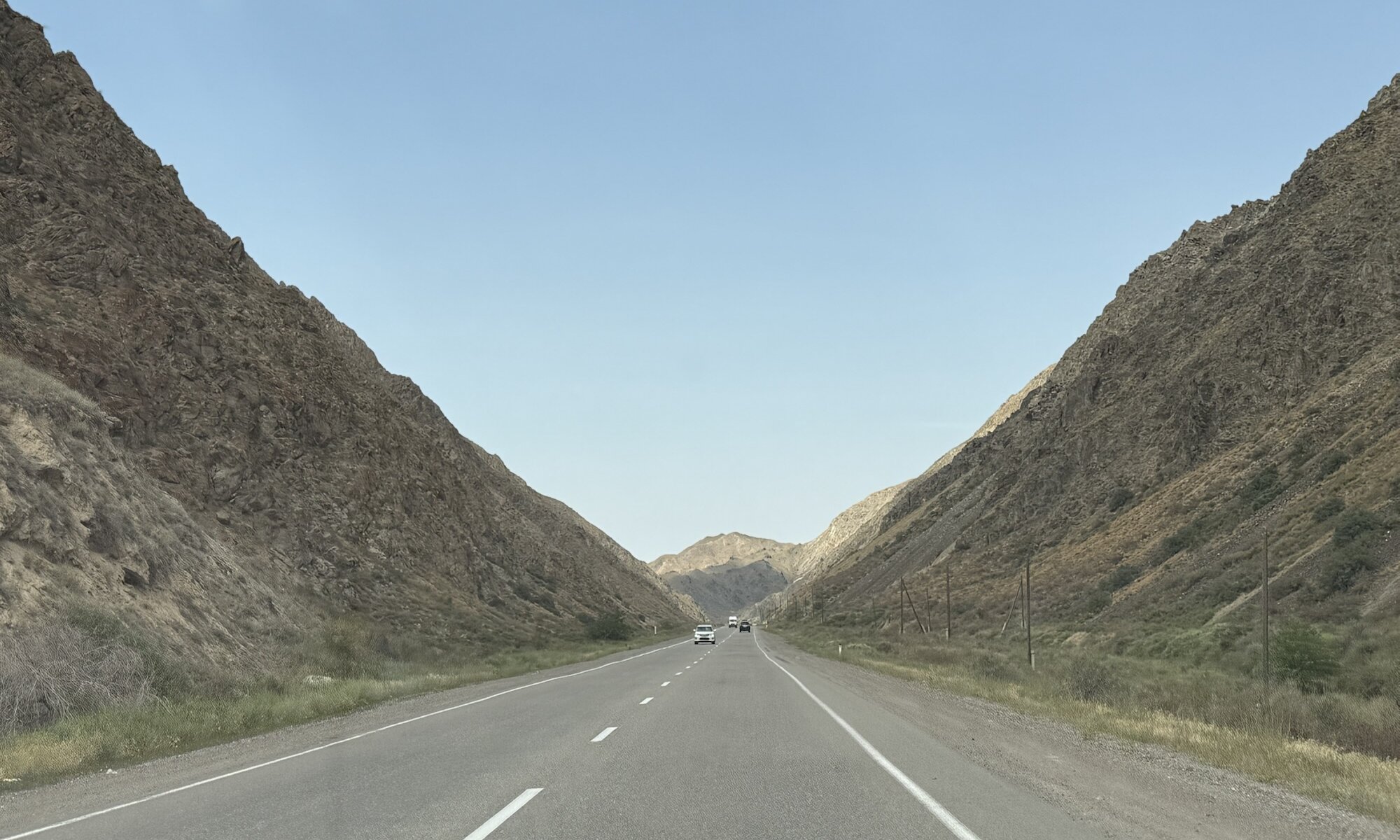Wandering the stretches of the Silk Road, I am constantly reminded of how these ancient trade routes once threaded continents together. The Silk Road (or Zhibek Zholy) wasn’t just a single path – it was a vast web spanning from China to the Mediterranean, linking Asia with Europe, and facilitating the flow of goods, culture, and ideas for centuries. Among its most intriguing stretches runs the passage through Kazakhstan, a country whose landscapes are as storied as the history that passed across them.
Travelling through Kazakhstan, the journey sweeps from the shadowy Tien Shan mountains down to the endless steppes. Caravan routes crossed key cities such as Отырар, Тараз, and Түркістан; these oases became thriving hubs buzzing with merchants, scholars, and nomads alike. Walking through the ruins of an ancient caravanserai or the bustling bazaars of modern-day Алматы, you sense echoes of a time when camels laden with silk and spices would rest here, exchanging more than just goods but tales from distant worlds.
Kazakhstan’s central position provided both challenge and opportunity for the Silk Road. Its harsh climates and open grasslands required travellers to rely on the hospitality of nomadic tribes, shaping a culture defined by openness and adaptability. Cities along the route became crucibles of diversity where Persian, Arab, Mongol, and Turkic influences merged. This constant movement brought religious ideas, art, and traditions, making the region a melting pot whose impact can still be seen in its architecture, music, and cuisine today.
The Silk Road’s legacy in Kazakhstan remains profound. Not only did it drive economic prosperity by connecting local producers to distant markets, but it also seeded a spirit of cosmopolitanism and resilience among its people. Even centuries after the caravans stopped rolling, Kazakhstan continues to embrace its crossroads identity, celebrating its pivotal role in world history – a testament to the enduring power of travel and exchange.
Zhibek Zholy
Kazakhstan
Loading map...


